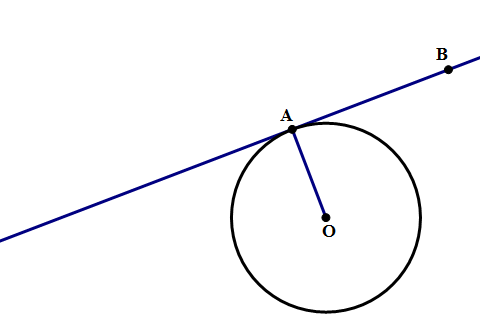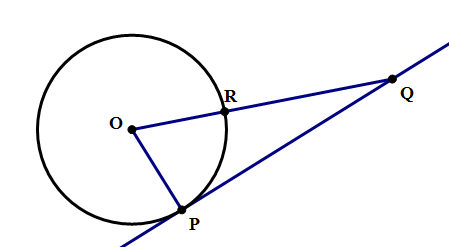
A series of five articles on circles.
2) Geometry: Circles and Angles
4) Inscribed and Circumscribed Circles and Polygons
5) Slicing up Circles: Arclengths, Sectors, and Pi
What happens when a straight line comes near a circle? In how many ways can these two objects intersect? It turns out, there are three possibilities — see below: no intersection, one intersection, or two intersections.
In the first case, no intersection, nothing interesting happens, so there’s no special name for that. In the second case, the line just “touches” circle at one point, so it’s called a tangent line; the word tangent, a “touching” line, shares an etymological root with the word tangible, meaning “touchable.” In the third case, the line cuts through the circle, so it’s called a secant line; the word secant means “cutting”, and shares an etymological root with other “cutting” words, such as: dissection, intersection, bisect, sector, section, etc.
There’s nothing particular special about secant lines. The part of the secant line between the two intersection points is, of course, a chord. Remember, the diameter is a chord, the longest possible chord, so the chord on a secant line would be diameter if the secant line happened to pass through the center of the circle. In Geometry, there are sorts of complicated theorems about the angle between two secant lines both intersecting the same circle, but that gets into territory well beyond the Quant.
Tangent lines are more interesting, and there’s a very important fact about tangent line that the QUANT will expect you to know. Consider a line tangent to a circle at
As you might suspect: a tangent line is always perpendicular to a radius at the same point. In other words, it absolutely must be true that

A.
B.
C.
D.
E.

A.
B.
C.
D.
E.
1) First of all, since the measure of arc PR is
Answer = B
2) We are told that
Answer = D